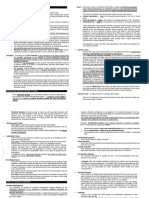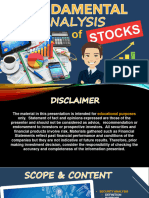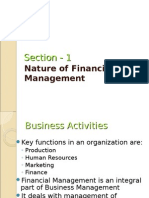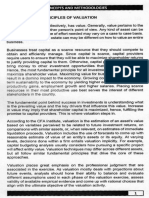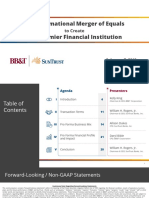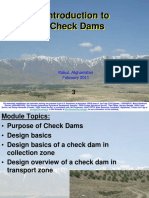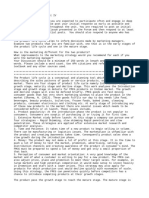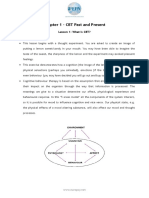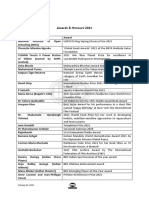0% found this document useful (0 votes)
58 views16 pagesProcess: For Institutional One-On-One Use Only
Brandes Process
Uploaded by
ABermCopyright
© © All Rights Reserved
We take content rights seriously. If you suspect this is your content, claim it here.
Available Formats
Download as PDF, TXT or read online on Scribd
0% found this document useful (0 votes)
58 views16 pagesProcess: For Institutional One-On-One Use Only
Brandes Process
Uploaded by
ABermCopyright
© © All Rights Reserved
We take content rights seriously. If you suspect this is your content, claim it here.
Available Formats
Download as PDF, TXT or read online on Scribd
/ 16






















